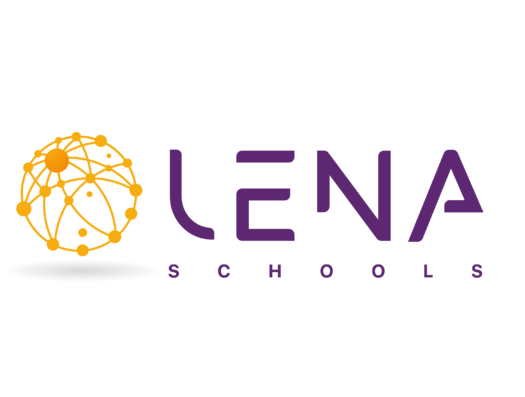WORLD LANGUAGES
Our global interdependence has increased over the past few decades, and new technologies have made it possible for us to collaborate closely with people all over the world. The requirement to speak a foreign language increases along with relationships with other nations.
A more educated citizenship that is linguistically and culturally capable of surviving in the modern world is what we urgently need.
French I
French Students learn how to introduce themselves, describe their families and friends, talk about their hobbies, and communicate about a variety of different subjects, including sports, travel, and medicine. Each lesson begins with a context-based presentation of vocabulary, grammar, and culture, followed by explanations and exercises. The vocabulary also includes idiomatic expressions and terminology to describe people, physical parts, and academic concepts. The verb system, adjective agreement, formal and casual address, reflexive verbs, and past tense are all covered in grammar and language structure instruction. Along with learning about the culture of the Francophone people, students also gain knowledge of the cultures of French-speaking nations and areas both inside and outside of Europe.
Spanish I (Prescriptive Course)
Prescriptive courses include unit pretests that are based on the content standards a student is expected to master. The pretests assess a student’s knowledge of each unit of content, identifying what the student has learned and any areas of deficiency.
Students learn how to greet people, describe family and friends, talk about hobbies, and converse about a variety of subjects, including home life, jobs, travel, and medicine, in Spanish I. Each lesson begins with a context-based presentation of vocabulary, grammar, and culture, followed by explanations and exercises. The vocabulary also includes idiomatic expressions and terminology to describe people, physical parts, and academic concepts. Present-tense verb forms, imperatives, adjective agreement, impersonal constructions, formal and casual address, and reflexive verbs are all covered in grammar and language structure lessons. In addition to learning about the cultures of Spanish-speaking nations and places both inside and outside of Europe, students investigate the terminology used in various Spanish-speaking regions.

